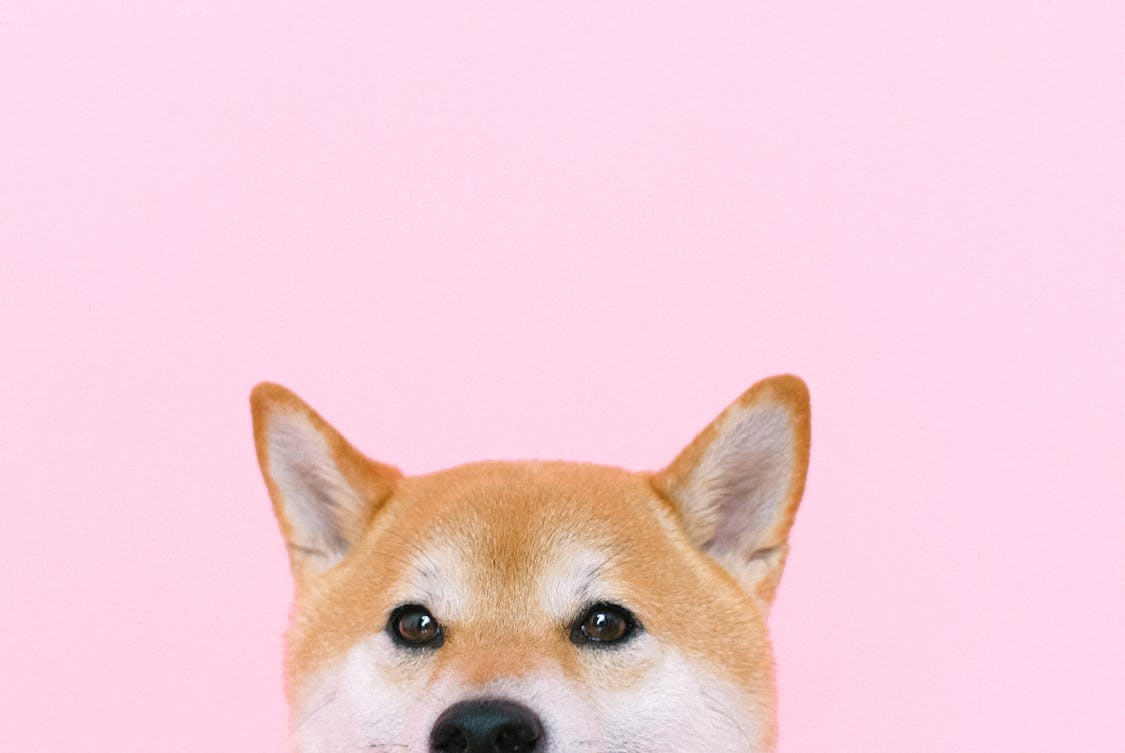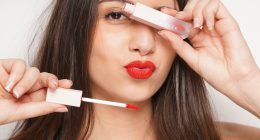Professional dog grooming is more than just fluffing and buffing your furry friend. A professional groomer has the right tools, techniques, and knowledge of breed-specific requirements to ensure your pup is comfortable throughout the entire session.
Grooming services also include necessary hygiene practices like nail trimming, teeth brushing, and ear cleaning. Having these tasks taken care of at regular intervals prevents discomfort and health issues like infections.
Brushing
Professional groomers can perform a wide range of tasks on your dog, including brushing, bathing, nail trimming, and coat clipping. While some dog owners do all of these tasks on their own, many prefer to leave them to the professionals for reasons such as a lack of time, fear of using grooming equipment, and difficulty coaxing their dogs into cooperation.
During a grooming session, your dog will likely be brushed and de-matted several times with clean, sanitized brushes and clips. This will help loosen up any tangles and make it easier to lather them with shampoo. After a shampooing and rinsing, your pet may receive a conditioning treatment that is designed to hydrate their skin and coat.
Brushing is also a great opportunity for your pet to socialize with other dogs and people. This type of exposure can be beneficial to your dog’s overall well-being and can help them become more comfortable with new situations in the future. Grooming sessions are also a good way to check for parasites on your pup.
Bathing
Dogs spend much of their time self-grooming by licking their fur, but professional groomers are necessary to help maintain the cleanliness and health of the coat, as well as to address areas the dog might not reach on its own. Bathing removes dirt and odor, helps reduce or prevent matting, and can help spot any signs of fleas (like reddened skin, tiny red bites or hair loss).
The groomer will brush out any mats before bathing, which makes it easier to lather the fur with shampoo. They will also use a dematting spray to loosen knots before washing, and a gentle comb throughout the coat to distribute any natural oils.
Once the coat is fully rinsed, the groomer will trim or clip it as needed, using clean and sanitized brushes and clipper blades. They will also trim the paw pads to make sure they don’t have any sharp edges that could cause pain or injury and will brush the teeth to keep them healthy and free from gum disease and tartar.
Nail Trimming
Professional dog groomers trim your pet’s nails to keep them from overgrowing, which can cause pain and rubbing against the floor or other surfaces. They also check and clean your dog’s paw pads for signs of dirt or debris that can cause discomfort. They may also brush your dog’s teeth or clean his ears to address hygiene needs.
Nail trimming is a tricky task because your dog or cat has a live part in the nail called the quick that contains blood vessels and nerves. If your pet’s nails are too long, the quick can become damaged, which causes bleeding. Nail trims also have to be performed gently because pets can be agitated by the process.
Karwacki suggests starting with just one nail during a session until your pet gets more comfortable, then slowly moving up to trimming two or three nails per sitting and eventually an entire paw. She adds that if your pet is particularly anxious during the nail trim process, you can offer lots of treats and positive reinforcement to make the experience more positive for them.
Clipping
During the clipping process, your pet will have their nails trimmed to a safe length. Overgrown nails can cause your dog to lick or chew their paws, leading to discomfort. It’s a good idea to trim your dog’s nails every four to six weeks, or as needed.
Groomers also cut the fur around your pet’s face, ears, and legs using hair clippers that are designed for their breed. This is an important step because it prevents your pet from having to carry extra weight on their back, and it helps keep their coat healthy by removing dead hair. Groomers are also trained to notice rashes or other problems on your dog’s skin or in their coat, such as itchy patches, dryness, and redness. They are also skilled in noticing parasites like fleas, ticks, and mites. They can help you take your pup to a vet if they are infested with any of these pests.
Haircut
Dogs that are regularly groomed often appear more confident and playful, which can help to improve their mood, health, and quality of life. Groomers are also able to spot potential hygiene problems, such as skin conditions, unusual growths, ear infections, and dental issues that can lead to serious health concerns.
When discussing haircuts with your groomer, be clear about what you want them to do. Be specific, and share photos with them if possible. Then, be open to their professional advice. They are experts in their field and will know what works best with your pet’s breed and coat type.
It is also important to keep in mind that dogs will usually look much different after they come out of the salon due to their hair being blow-dried. For example, their fur will have a sleeker, straighter look rather than the natural wavy appearance that you see when they are on your couch. This is not to be a disappointment, but simply a result of the process. To ensure your dog gets the best care, you can easily find trusted groomers for dogs in your area who offer professional services tailored to your pet’s needs.
Teeth Cleaning
Professional dog groomers use a wide range of tools to perform a variety of tasks. These include brushing to remove tangles and dead hair, bathing with pet-friendly shampoos, drying thoroughly, nail trimming to prevent overgrowth, ear cleaning to avoid infections, teeth brushing for dental health, and more.
Pet owners can often do some of these grooming tasks themselves, though many choose to trust professionals because of their experience, skill, and access to specialized equipment. Groomers are also trained to spot potential health problems like ear infections or thrush.
Some dogs may be anxious or fearful about getting their hair brushed and/or bathed, and a groomer must know how to handle them gently and safely. They can also recommend strategies for easing your dog’s anxiety at future appointments. This includes slowly exposing them to the grooming process over time, and providing comfort items (like favorite toys or chews). Lastly, a good groomer knows how to trim and style your dog’s coat in ways that look neat and tidy but respect breed standards and preferences.
Ear Cleaning
A professional groomer will perform a full-service grooming session that may include bathing, brushing, trimming or clipping of the coat, nails, ear cleaning and other essential care. This ensures your dog’s hygiene and appearance, promoting health and comfort. Regular grooming also helps reduce shedding and matting, as well as prevents infection in the ears.

Groomers know the proper shampoos and conditioners for each breed, and will use the best techniques to keep your dog’s coat healthy and clean. They will also trim the nails to a safe, comfortable length and make sure paw pads are free from debris that could cause discomfort.
Ears are a common breeding ground for bacteria and yeast, so groomers clean them thoroughly to prevent infections and keep your pup’s hearing as good as possible. This includes removing excess ear hairs, which can block airflow in the ears and lead to infections.
Brushing
Professional groomers use high-quality brushes, scissors and trimmers to perform tasks like brushing, fur clipping, nail trimming and bathing. While some pet owners do groom their dogs at home, most prefer to rely on professional services to ensure that the job is done correctly and safely.
A well-groomed dog is not only more attractive, but it also reflects the owner’s care and attention. Grooming sessions can be a great bonding experience for both pet and groomer, especially for young puppies and dogs who are not used to being handled in this way.
During the brushing process, the groomer will also inspect the coat for any tangles or matted hairs that need to be removed. This will help to reduce the risk of skin irritation and infections, particularly in breeds with longer hair. Brushing also helps to distribute natural oils throughout the coat, promoting healthy and shiny fur. Regular brushing at home can be a good way to get your pup accustomed to the process and reduce their stress levels during grooming sessions.









